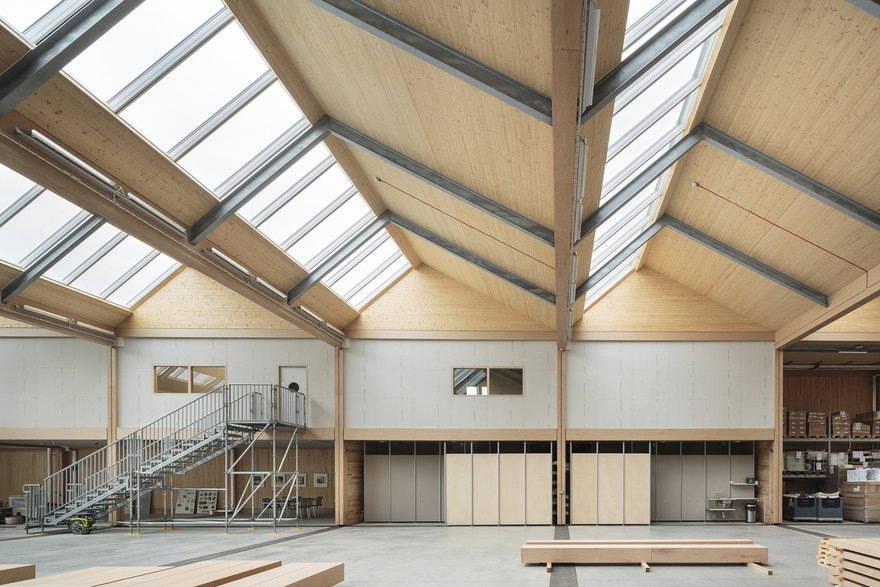
Clack. Clack. Two hands. Hunt and peck typing. Clack. Clack. The beautiful red Valentine typewriter. Clack. Dieter Rams at his desk. This is the opening shot of the Rams documentary. What is he typing? Ten principles for good design.
An entire series of articles could be written applying Dieter Rams‘ principles to cybersecurity. This is not that. Instead, let’s look to Rams as an example of creating and living with principles.
What makes a good architecture principle? It makes a statement. “Good design is honest,” Dieter Rams might type out. “Buy not build” is one I often encounter. A good architecture principle has a rationale. “It does not make a product more innovative, powerful or valuable than it really is. It does not attempt to manipulate the consumer with promises that cannot be kept.” For buy not build, our development resources are valuable and must be deployed only in areas where there is a clear advantage and where an existing solution doesn’t satisfy the majority of our needs. Finally, a good principle makes an impact. It has implications for later decisions.
“I like orderly confusion very much. But this is neither orderly nor properly confused.” Dieter Rams says about an hour into the documentary, while evaluating objects against his esthetic and principles. “Others may like it. I do not.” A set of good architecture principles enables the team to make decisions. These decisions may be very different from other security teams, even other security teams in similar industries and at similar times. The success of a security architecture depends not upon the individual decisions. Rather, success depends on the consistency across decisions, initiatives, and capabilities. Consistency through principles.
Consistency poses a challenge. The same thing means different things to different people. For architecture principles to work, the team must debate implications and applications. An example of this comes in the documentary when Mark Adams walks Dieter Rams through the new Vitsoe headquarters. For background, Adams is the managing director of Vitsoe, the firm which produces Rams’ furniture. “I want it to be completely honest that that is a fire barrier,” Adams explains. But is it honest? And does the honesty balance against the other principles? After a moment of thought, Rams says simply: “It’s a little bit irritating.” After some back and forth, they decide to sand it and blend it in. (In the photo below, you can see the resulting gray fire panels.) The moment captures this discussion of application. Principles live through debate.
Be principled. Develop a small set of architectural principles to guide the technical design. Live with them. Argue them. Disagree and commit. Apply and iterate them. But be principled.

This article is part of a series on designing cyber security capabilities. To see other articles in the series, including a full list of design principles, click here.
Posted by